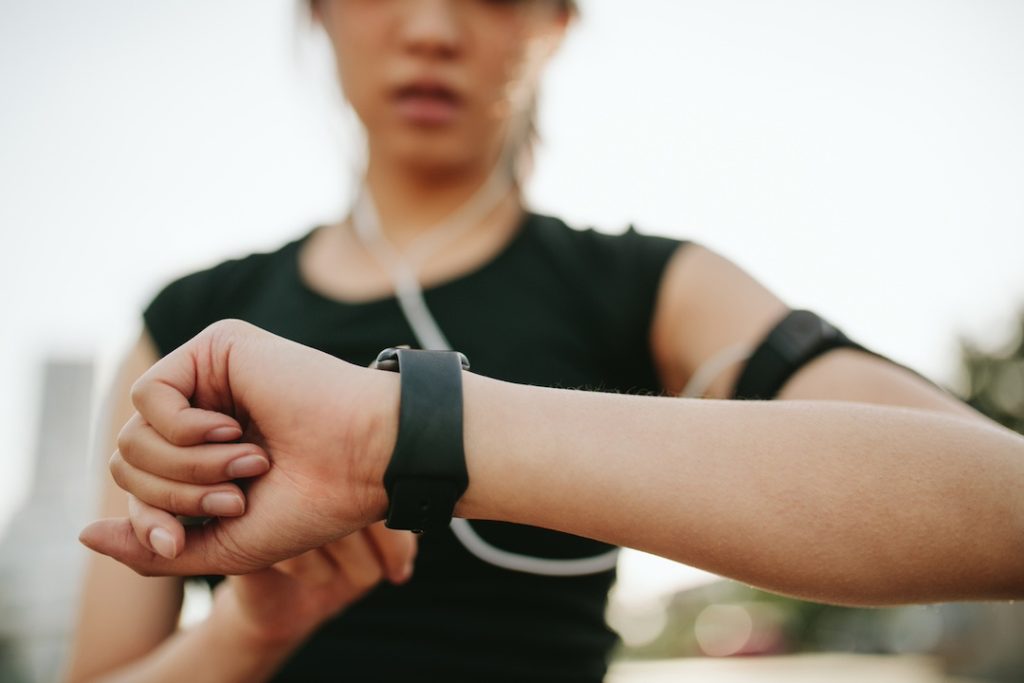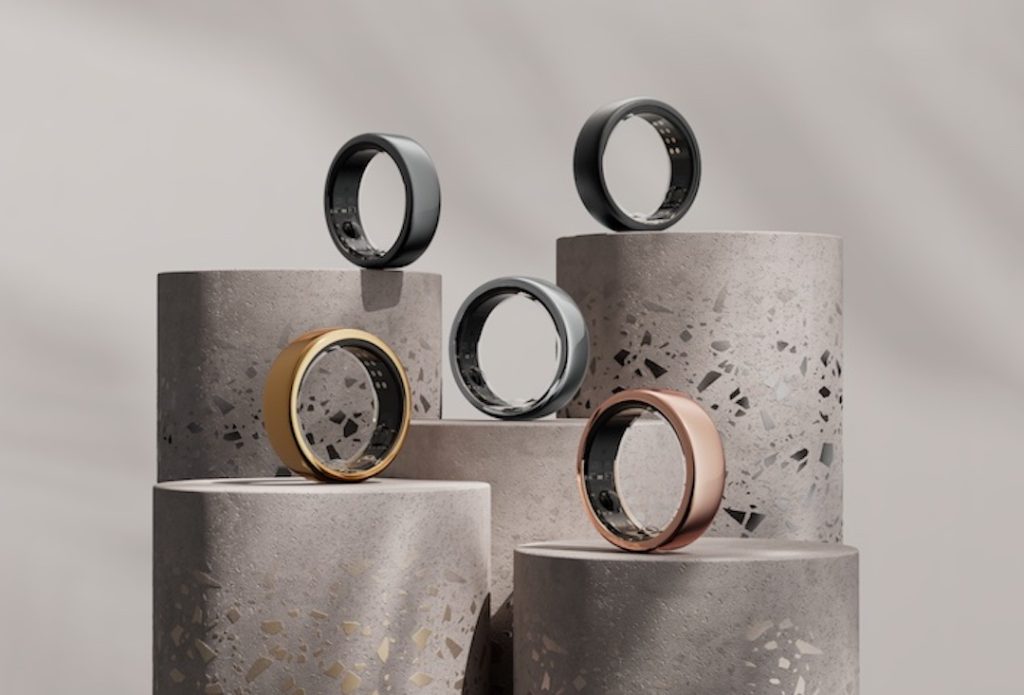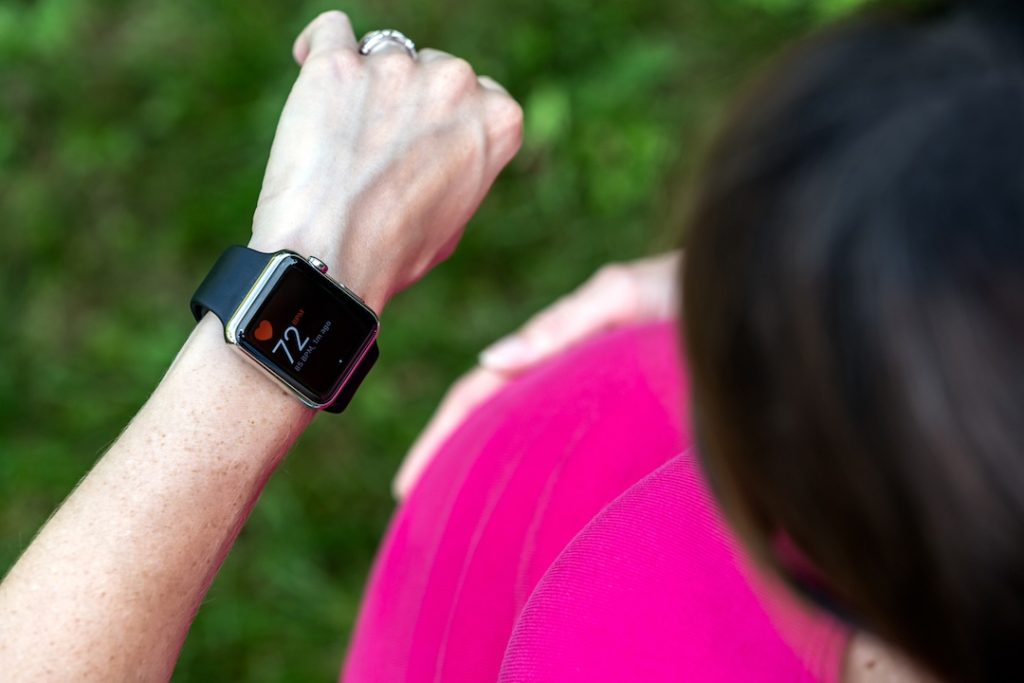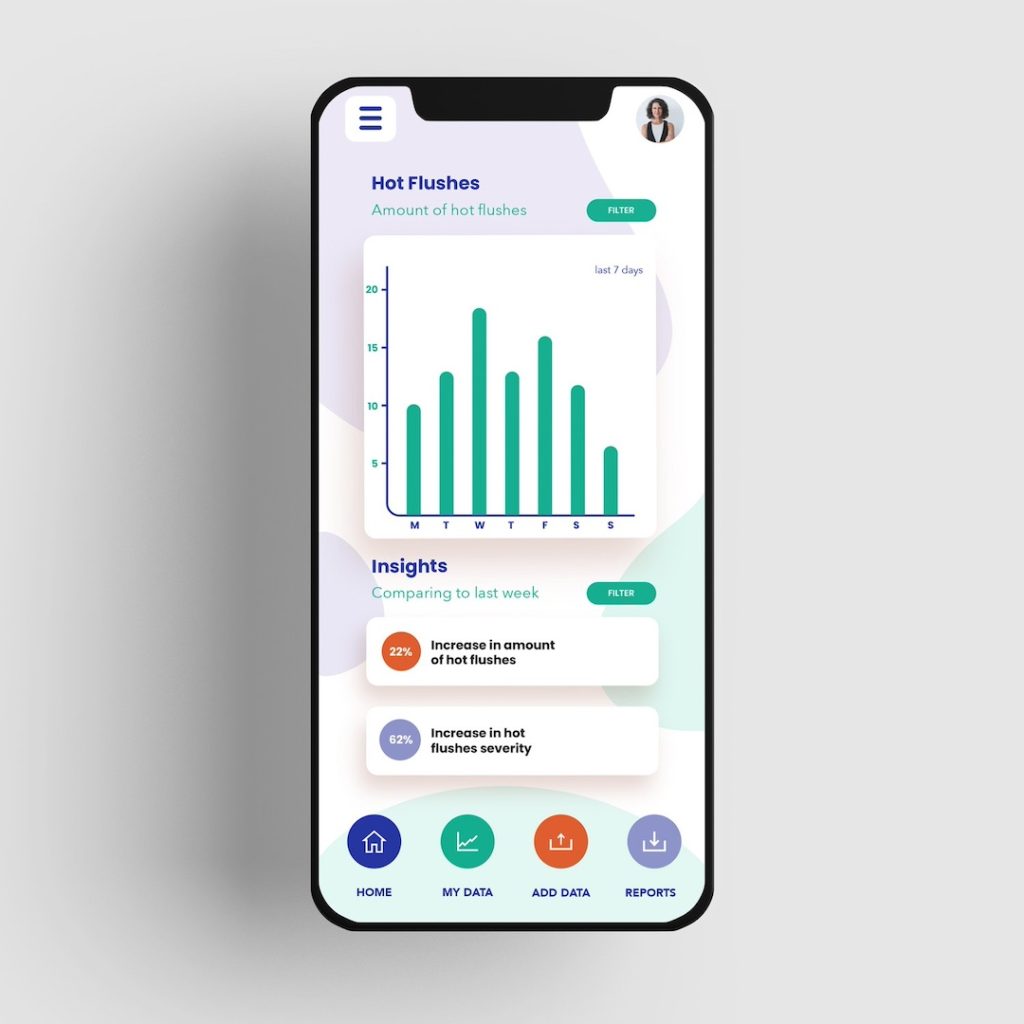In the past few years, researchers have expanded the uses for wearable tech from pure recreation to medical applications. While there have been concerns about data security, the overwhelming opinion is that wearable technology can improve the lives of patients and medical professionals.
What is Wearable Tech?
TechTarget defines wearable technology as “any electronic device designed to be worn on the user’s body.” One of the most common forms of wearable technology is smartwatches. Other popular wearable technology devices are rings, glasses, and glucose monitors. According to an Insider Intelligence forecast, “the US Smart wearable user market is poised to grow 25.5 percent year-over-year in 2023, up from 23.3 percent year-over-year growth in 2021, per an October 2021.”

Wearable Tech Medical Applications
Parks Associates has reported that smartwatch adoption has jumped by 35 percent in 2023. While smart technology combines aesthetics and function, there have been some new developments in the medical field regarding smart devices. Fitness bands, in particular, can monitor heart health, manage diabetes, provide medication reminders, and help with sleep.
The adoption of wearable medical technology can be attributed to the normalization of telemedicine during the COVID-19 pandemic. While telemedicine existed before the pandemic, it became the sole means of communication between providers and patients. Healthcare professionals have used these new developments in wearable technology to track patients’ heart rates and other health metrics for longer than one hour-long office visits. John Hopkins Medicine published a peer-reviewed journal npj Digital Medicine study where scientists tracked participants’ steps and heart rates. The authors were able to determine that “activity tracker-measured health parameters could serve as proxies for clinically measured health parameters of patients with chronic disease,” and, according to the authors, “the data could potentially contribute to the identification of patients who would benefit from more frequent clinic visits or specific medications.”
Until now, the discussion has been about using wearable devices for multiple purposes, but some are specific to medical purposes. These include continuous glucose monitors, biosensors, wearable EKGs, and wearable blood pressure monitors. The discovery that these devices could be used for medical purposes has been a hot topic of conversation. In a study by Grand View Research, Inc., the authors concluded that the “wearable medical device market size was valued at USD 26.8 billion in 2022. It is expected to grow at a compound annual growth rate (CAGR) of 25.7 percent from 2023 to 2030.
Studies
There is some precedent for the benefits of wearable medical technology. In March 2017, the Apple Heart Study was conducted to see if “a mobile app that uses data from a heart-rate pulse sensor on the Apple Watch can identify atrial fibrillation,” an often overlooked condition. In a study of over 400,000 participants, “One-third (34 percent) of the participants who received irregular pulse notifications and followed up by using an ECG patch over a week later were found to have atrial fibrillation. Since atrial fibrillation is an intermittent condition, it’s not surprising for it to go undetected in subsequent ECG patch monitoring.” Technology such as the heart-rate pulse sensor in the Apple Watch could be instrumental for at-home monitoring of medical conditions.
However, wearable medical tech’s novelty presents some concerns. The National Library of Medicine expressed concern about “data quality, balanced estimations, health equity, and fairness.” The Apple Heart Study warned that data could be overly sensitive, addressing patient worries about receiving alarming notifications about pulse rates. The study alleviated some of these, stating that “only .5 percent of participants received irregular pulse notifications.” While there are additional concerns, time will tell if wearable tech is a strong health indicator and medical tool.
Known Applications
Studies are already underway testing the practicality of wearable medical tech in various applications. In a 2023 study at the UK Dementia Research Institute, scientists found data from wearable tech correlated positively with accelerometry data that indicated signs of Parkinson’s Disease. Additionally, the US Food and Drug Administration approved an app developed by Rune Labs to track patients’ neurological symptoms and assist doctors in treating and predicting Parkinson’s. There are also opportunities for advancement in Continuous Glucose Monitoring, which could drastically reduce the amount of finger pricking and provide accurate real-time results.

Why the Wrist?
The most popular wearable medical devices often revolve around the wrist, but why is this? The Healthcare Information and Management Systems Society Inc (HIMSS) explained that wrist-wearable devices are popular for various reasons, including their ease of view and adjustment, the arm’s frequency of movement compared with other body parts, the presence of veins that can measure pulse easily, and the skin on the wrist being thin enough to detect blood pressure.
But now, wearable medical tech devices venture beyond the wrist. Medical professionals are using some devices to treat patients. For example, medical professionals can use Rods and Cones Smart Glasses to access medical environments remotely. With the glasses, “users can connect safely with an assisting surgeon, product specialist, or medical professional anywhere in the world, in real-time.”

Top Wearable Tech Products
According to TechTarget, common examples of wearable technology are smart jewelry (rings, wristbands, watches, and pins), body-mounted sensors, and fitness trackers. Healthcare Digital listed some of the top wearable health devices that received rave reviews.

The Oura Ring is a ring that tracks sleep, stress levels, heart health, activity, women’s health, and signs of illness. The Oura ring provides an Oura Readiness Score, a summation of a person’s temperature, heart rate, Heart Rate Variability (HRV), and sleep. Oura boasts that the ring can also act as a fitness assistant, recording a person’s “heart rate during workouts and receiv[ing] post-exercise insights” to determine how a workout impacts a person’s sleep.

The Fitbit is one of the original fitness bands, with new features that measure heart rate, stress, and sleep. The Fitbit also offers EKG tracking, where users can check for atrial fibrillation in a corresponding app. Fitbit users can “take an AFib assessment on demand. Plus, use irregular heart rhythm notifications to look for signs of AFib while still or sleeping.” Not only that, but the Fitbit can detect signs of stress, including heart rate, temperature, and electrodermal activity.

The Cala klQ is an FDA-cleared medical therapy device for action hand tremors for those suffering from tremors and Parkinson’s. The band uses TAPS (Transcutaneous Afferent Patterned Stimulation) to help with tremors. The Cala app also provides insight into progress over time, which can also help users work with medical professionals in a long-term capacity.

The Apple Watch is a household name. While some individuals only use the watch for workout tracking and daily smart device activity, it can be used for similar purposes as the Fitbit and Oura Ring, tracking sleep and activity to provide health insight. The “Apple Watch checks for unusually high or low heart rates in the background, which could be signs of a serious underlying condition” and then notifies the users. The watch also checks for atrial fibrillation and can be an EKG monitor. The watch can act as an indicator for people with underlying medical conditions and assist with fall detection and medication logging.

Wearable medical tech can also be utilized during transitional health periods such as menopause. The identifyHer Menopause Tracker is a sensor that attaches to a person’s body like a CGM. However, instead of blood sugar, it tracks body activity such as night sweats, hot flashes, sleep, and anxiety levels. The app gives patients access to real-time data on how menopause is affecting their bodies and allows them to adjust accordingly.
Key Takeaways
The intersection of medical advancements and wearable technology could change how we interact with our bodies. There is an abundance of devices that track major bodily changes, including sleep quality, heart health, glucose health, and more. It can even assist medical professionals in the care they provide. For those reasons, the future of wearable medical technology is exciting and full of possibilities.















